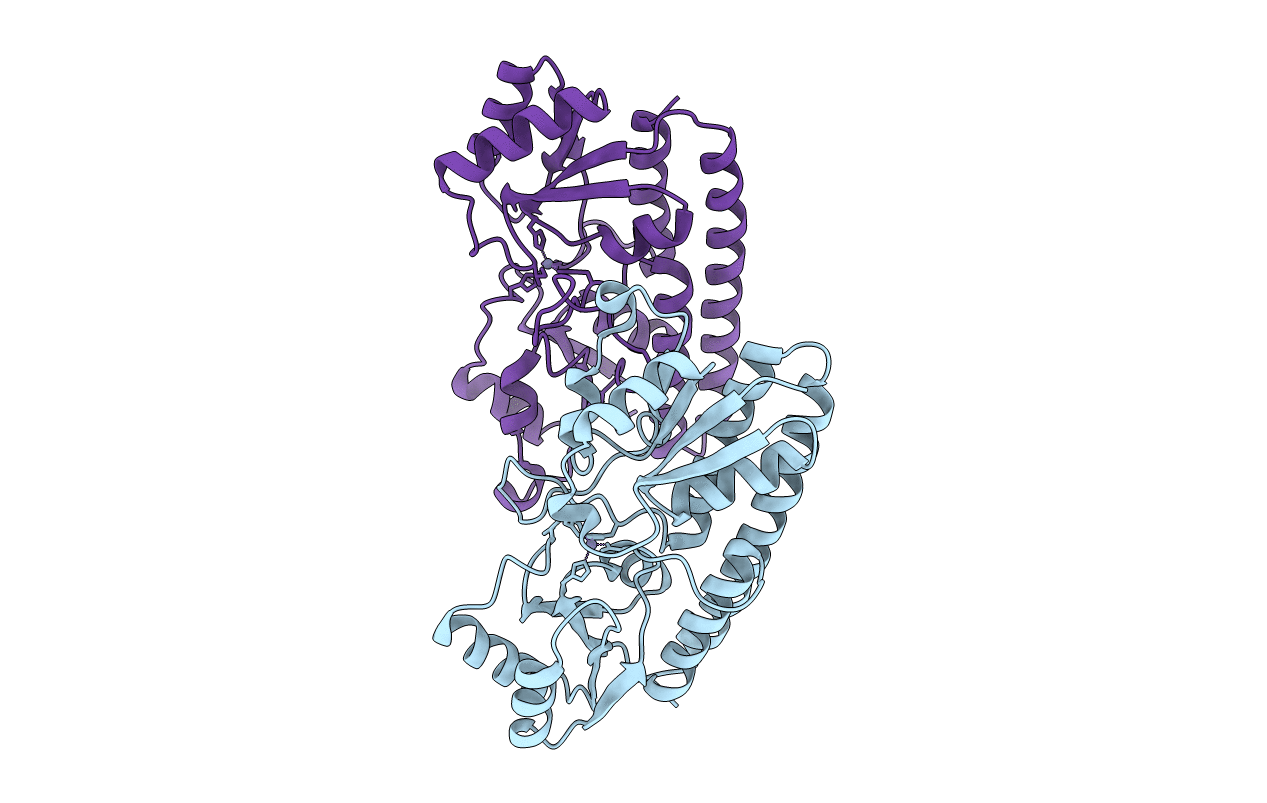
Deposition Date
2012-09-08
Release Date
2013-09-04
Last Version Date
2023-09-13
Entry Detail
PDB ID:
4H0F
Keywords:
Title:
Mutant Structure of laminin-binding adhesin (Lmb) from Streptococcus agalactiae
Biological Source:
Source Organism:
Streptococcus agalactiae (Taxon ID: 208435)
Host Organism:
Method Details:
Experimental Method:
Resolution:
2.40 Å
R-Value Free:
0.28
R-Value Work:
0.24
R-Value Observed:
0.24
Space Group:
P 1 21 1


